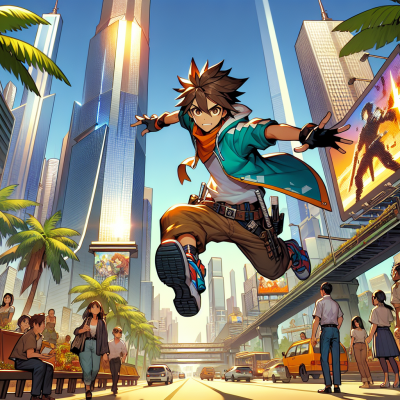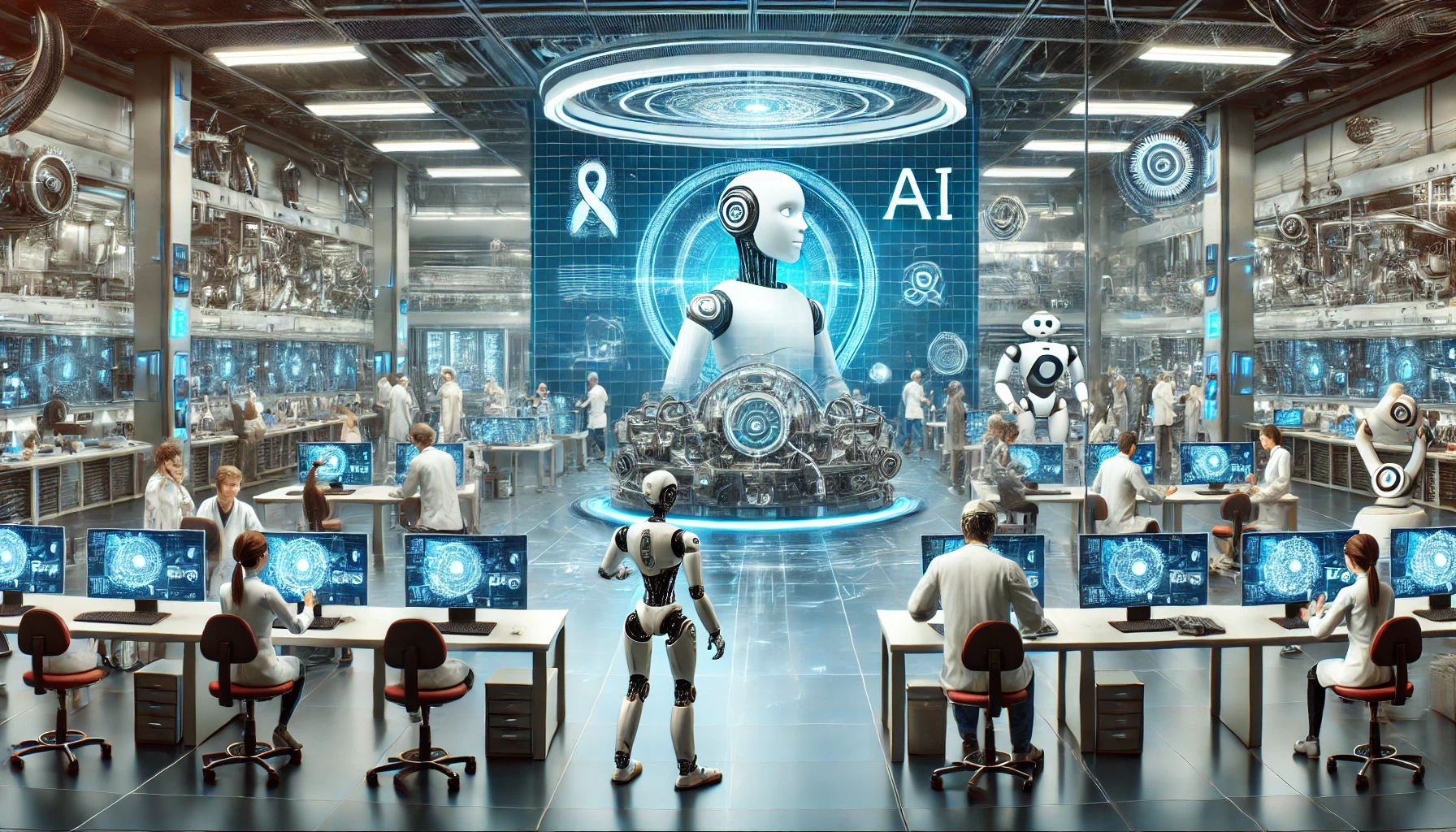
Hollywood’s Alarming Response to OpenAI’s Sora 2
In a week marked by high anxiety and tense discussions, Hollywood’s major studios and leading talent agency CAA have collectively raised concerns over the release of Sora 2, OpenAI’s newest generative AI video model. As the entertainment industry navigates the evolving relationship between artificial intelligence and creative production, the debut of Sora 2 represents a game-changing development — one that has drawn reactions ranging from awe to apprehension.
What Is Sora 2?
Sora 2 is OpenAI’s next-generation video generation model, capable of producing hyper-realistic video content from simple text prompts. Building on the capabilities of the original Sora announced earlier, this new version significantly improves output resolution, motion accuracy, and scene complexity — to the point where distinguishing AI-generated video from live-action footage is becoming increasingly difficult.
The model is designed to democratize content generation by allowing users to create cinematic sequences, animated visuals, and even narrative-style films with nothing more than a few lines of descriptive text. However, this soaring potential poses a very real threat to traditional production methods in Hollywood.
Why Hollywood Is Sounding the Alarm
The unveiling of Sora 2 has stirred concern among studio executives, creative guilds, and especially talent agencies like CAA. The primary worries include:
- Job displacement — Writers, actors, directors, and other creatives see AI’s rapid development as a direct threat to their roles in content creation.
- IP abuse and deepfakes — The model’s ability to emulate real individuals raises a range of legal and ethical questions, especially if used without consent.
- Loss of creative authenticity — Industry veterans argue that AI-generated content lacks the nuance, emotion, and originality that defines human storytelling.
Studios and Agencies in Emergency Talks
Major studios and CAA reportedly entered into urgent strategy meetings following Sora 2’s release. Sources indicate that high-level executives are working to understand the implications of deploying — or defending against — AI within media production pipelines.
CAA, in particular, is approaching the advancement from both defensive and opportunistic angles. On one hand, they’re advocating for client protections against unauthorized impersonations and likeness usage. On the other, they’re exploring ways their clients could benefit from productivity and creative enhancements via AI tools like Sora 2.
The Growing Divide Over AI in Entertainment
The debate over generative AI continues to fracture Hollywood along philosophical lines. Some content creators see immense potential in AI as a tool for accessibility and innovation. Others view it as a threat to artistry, labor, and the personal nature of performance-based storytelling.
Sam Altman Responds
OpenAI CEO Sam Altman has remained optimistic about Sora 2’s impact on the creative economy. In a statement, he emphasized the tool’s potential to “empower creators” and “expand storytelling boundaries,” though he acknowledged the need for ethical guardrails and regulation. OpenAI is reportedly developing usage policies that could allow copyright holders to flag inappropriate use of names, faces, and voices.
Industry Reactions: Mixed but Watching Carefully
While panic may be premature, industry reactions highlight how seriously Hollywood is taking the advent of generative video AI. Comparisons to the threat posed by Napster in the early 2000s to the music industry are common, but others believe that, when properly implemented, tools like Sora 2 could represent a renaissance in creativity — not a replacement.
Hollywood’s Road Ahead
As it stands, Hollywood’s next steps will likely include:
- Policy development — Establishing stricter intellectual property and likeness protections against generative misuse.
- Collaboration and licensing — Partnering with AI companies to ensure creators are fairly compensated for AI-based renditions.
- Tech integration — Investigating how studios can use Sora 2 responsibly within visual effects, pre-visualization, and creative development.
Conclusion: Navigating an AI-Infused Future
The release of Sora 2 is more than just a tech headline — it’s a moment of reckoning for an industry predicated on human creativity. Whether it heralds disruption or transformation remains to be seen, but Hollywood is clearly paying attention. As technology continues to challenge the boundaries between human and machine-made content, the entertainment industry must answer not only how AI fits into its ecosystem — but who gets to tell the stories of the future.


Leave a Reply